#16: Make Your Characters Multifaceted
The only time when Mr. Darcy is a flat character is when he is a life-sized cardboard cutout in the film Austenland.
Mr. Darcy, Elizabeth Bennet, and all of Jane Austen’s other main characters are three-dimensional—they feel as if they come to life off of the page.
This is one of those moments that makes me love the film Austenland: in rage, a boyfriend walks out, punching the cardboard Mr. Darcy, which Jane Hayes then fixes. And kisses.
A flat character is simple, uncomplicated, does not change or develop, and is often uninteresting.
A round character, also known as a three-dimensional character, feels like a fully developed real person, with nuance and complexity, and the ability to experience real change and development over the course of a story.
A round or three-dimensional character is what I like to call multifaceted: she has multiple sides, aspects, or features, that fit together to create a character. Yet this is not just a collection of multiple elements squished together: like the facets or sides of a gemstone, these elements have been carefully crafted, cut, and polished.
Let’s look at some of the basic features and characteristics of our two main characters from Pride and Prejudice, Elizabeth Bennet and Mr. Darcy:
Elizabeth Bennet:
- Plays the pianoforte
- Likes reading
- Likes walking
- Good at dancing
- Clever
- Witty
- Judgmental
- Idealist
- Has many friends
Mr. Darcy:
- Rich
- Good at letter-writing
- Caring brother
- Loyal friend
- Likes reading
- Expects much of others
- Well-spoken
- Proud
- Unforgiving
These attributes, interests, skills, and personality traits are inherently interesting in combination, but in themselves they are not what make Elizabeth and Mr. Darcy complex, multifaceted characters.
You could assign a character dozens of attributes and personality traits, and spends months writing countless pages of the character’s backstory and history, and yet still not create a character that feels alive.
Then how do you create a multifaceted character?
In the craft book Story: Style, Structure, Substance, and the Principles of Screenwriting, screenwriter Robert McKee makes the argument that the core component in a round or three-dimensional character is “inner contradiction.”
As McKee writes, “Dimension means contradiction.” And dimensions are what fascinate an audience, riveting us to characters as we attempt to understand their complexities.
Real people are filled with contradictions, and at its heart, a powerful story is about a character wrestling with their inner contradictions and the world.
Here are five of the main types of contradictions that can create a multifaceted character:
I’ve written a number of flash fiction stories—all less than 1000 words—where the main characters feel multi-dimensional. In one of these stories, you really only learn two things about the character: 1. She absolutely loves music and listening to vocal performances; 2. She applied multiple times to vocal performance degrees in college and was rejected each time, and has since given up on singing. Her love of music but her rejection of her own musical self as inadequate creates a contradiction within herself, which sets the stage for the story.
What contradictions has Jane Austen created in Elizabeth and Mr. Darcy?
A Few of Elizabeth Bennet’s Contradictions:
- Critical of Mr. Darcy’s pride but holds fast to her own.
- Wants to avoid Mr. Darcy, yet finds herself drawn to him.
- Only wants to marry if it is for love, yet she is pressured by her society and mother to accept any eligible match.
- Instantly trusts Mr. Wickham and accepts his story, yet distrusts and judges whatever Mr. Darcy says.
- Wittily expresses views that are not always her own.
A Few of Mr. Darcy’s Contradictions:
- Prideful yet kindhearted and generous.
- Despises spending time with people he does not know, yet willingly goes to events with Mr. Bingley because he values their friendship.
- Feels the need to save Mr. Bingley from a connection to the Bennet family, but unwilling to do the same for himself.
- Expects Elizabeth to see and accept his virtues, yet says hurtful things to her.
Sometimes I consciously plan a character’s contradictions, yet often, these contradictions develop as I write. Either way, as I enter the revision process, I refine these facets and how they fit together: this is the cutting and polishing of a gemstone.
A few additional notes on characters:
- The core characters should be the most multifaceted characters in a story. Any and all characters can have contradictions, yet if those of a minor character more compelling than those of the main characters, readers can lose interest in the main characters.
- Supporting characters can help reveal the different facets of a main character. Robert McKee writes, “In essence, the protagonist creates the rest of the cast. All other characters are in a story first and foremost because of the relationship they strike to the protagonist and the way each helps to delineate the dimensions of the protagonist’s complex nature.”
Multifaceted characters are complex and three-dimensional. After all, it is our complexities that make us human, and it is unravelling and dealing with these complexities that makes a story.
Exercise 1: Choose one of the following characteristics, attributes, or skills that could belong to a character:
- Charitable
- Athletic
- Loves to read
- Hates traveling
- Good at cooking
- Prone to procrastination
Create a contradiction that could relate to this characteristic or attribute. It could be aspects of this characteristic, how a character applies it in some situations but not other, how it combines or conflicts with another characteristic, or a contradiction between this characteristic and society.
Exercise 2: Choose one of your favorite characters from literature. What are some of their contradictions? If you’d like, share in the comments below.
Exercise 3:
Option 1: Brainstorm a new character that you might use in a story. First, write a brief physical description, assign them several personality traits, give them interests, decide where they live/their occupation, etc., and choose a few key moments from their history/past. Now decide on one or two key contradictions that can make them come alive.
Option 2: For a story that you’ve already written, figure out what the key contradictions are for each of your main characters.

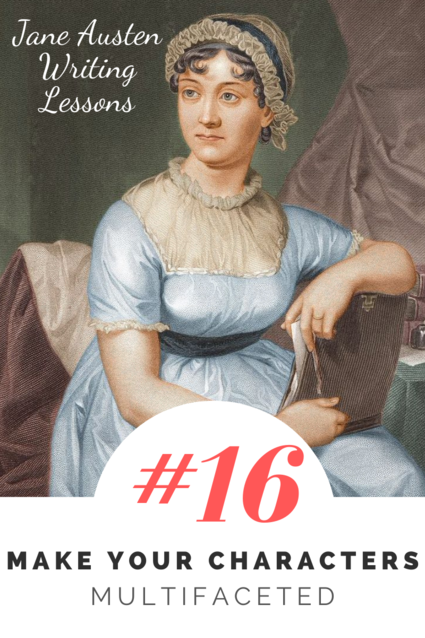


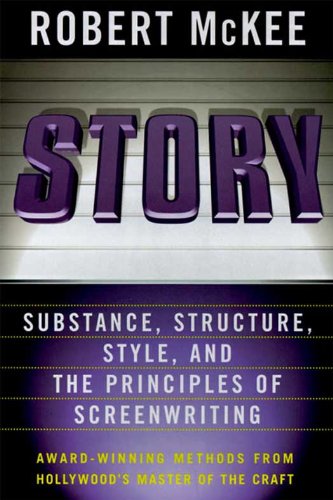

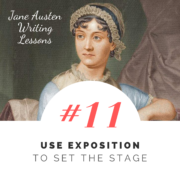
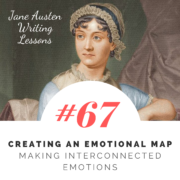
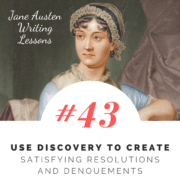
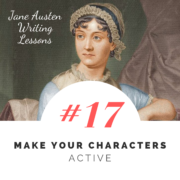
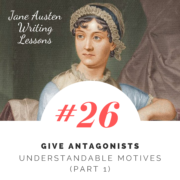
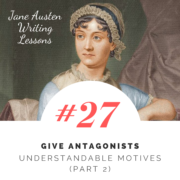


Leave a Reply
Want to join the discussion?Feel free to contribute!